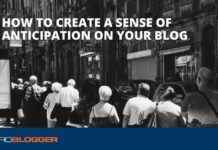Voters in the United Kingdom woke up to a quiet day as voting began in the UK election. A media blackout was in place, meaning no campaign messages or opinion polls could be broadcasted until polls closed at 10pm local time. Unlike in Australia, where politicians can appear in the media on election day, the UK has strict blackout rules.
The blackout is not enforced by law but is governed by convention. Media outlets and government officials are expected to refrain from discussing anything that could influence the election campaign. There are no penalties for breaching the guidelines, but formal regulations could be put in place if necessary.
In the UK, there are no party faithful at polling booths handing out how-to-vote cards like in Australia. Instead, political parties focus on getting people to vote as it is not compulsory. People outside polling stations ask for names to check who has voted, and those who haven’t are encouraged to do so.
The main parties in the election are the governing Conservative Party, Labour Party, Liberal Democrats, and Reform UK. There is speculation about a Labour landslide under Keir Starmer’s leadership, while Rishi Sunak warns against a Labour government that would increase taxes.
The final seat projection by UK pollster YouGov puts Labour on track to win a majority of 212 seats, the largest in modern history. Vote counting in the UK is centralized, and results are typically announced in the early hours after the election due to the unique counting process.
Overall, the UK election process differs from Australia in terms of blackout rules, campaigning practices, and vote counting procedures. Despite these variations, the election outcome will shape the country’s political landscape for years to come.















